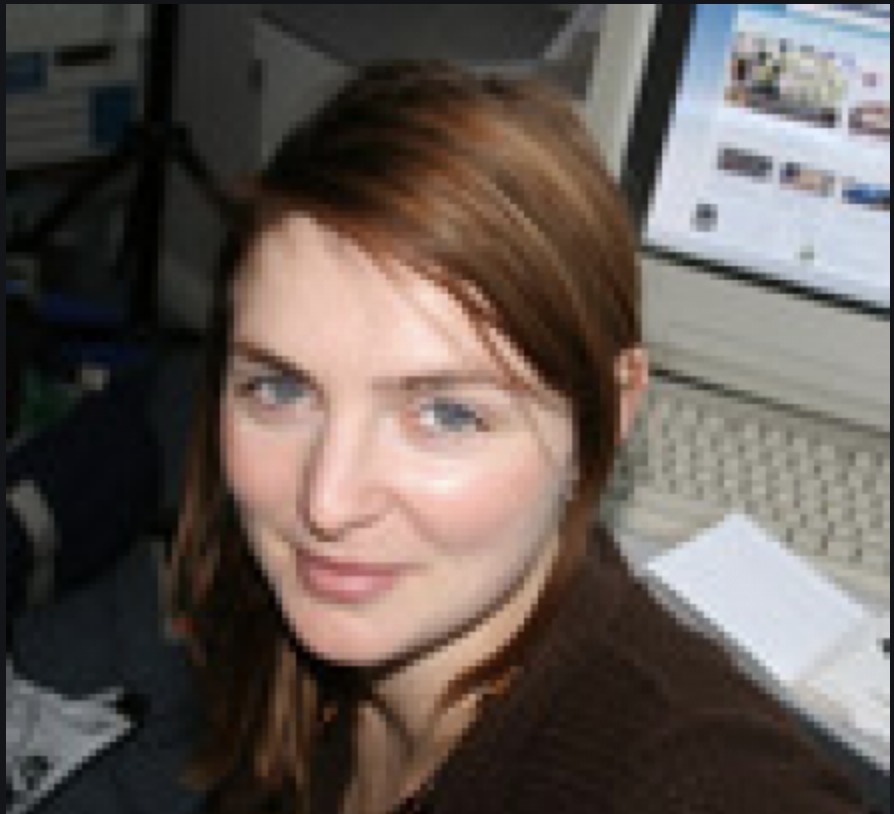DURBAN, South Africa (3 December, 2011)_The Center for International Forestry Research (CIFOR) is putting REDD+ on the map with the launch of an interactive tool designed to give a global overview of how forest-rich countries are developing policies and projects aimed at reducing emissions from deforestation and degradation.
The map (find it here) is one of the first to bring together CIFOR research and existing REDD+ data to give a comprehensive overview of the implementation of 340 REDD+ programmes in 52 countries around the world.
Launched during ‘How is REDD unfolding on the ground? An exploration of the social, political, and biophysical issues’, a CIFOR side event hosted on the sidelines of the UN climate talks in Durban, the map hopes to inform government ministries, policy makers and those specialising in the design and implementation of REDD+ programmes, of the progress made, and lessons learnt in the development of REDD+ readiness activities and project sites.
“We did not want to recreate REDD+ websites and portals that give very specific details on REDD+ projects. Instead we wanted to get a sense of what was happening globally, and to see which countries are making progress and which are being left behind,” said William Sunderlin, Principal Scientist and leader of research on REDD+ projects in CIFOR’s Global Comparative Study on REDD+ (GCS-REDD).
“This map enables users to get a quick overview of all known REDD+ project sites both at the national and provincial levels, and also includes some REDD+ sites that have only recently been made public.”
With billions of dollars being spent to safeguard the world’s forests, ensuring that REDD+ programmes are equitable, efficient and effective will be vital for developing countries implementing the first stages of a REDD readiness programme.
“We hope that this map will act as a network where countries will be able to provide detailed updates of their projects, as well as share experiences of what works and what doesn’t work in REDD+. We also hope to open up new areas of research, so that CIFOR and others can identify the gaps that need bridging,” said Mrigesh Kshatriya, Research Fellow for CIFOR’s Forests and Livelihoods Programme.
Web users will be able to select a particular country and see the distribution of REDD+ projects in a particular state or province. For those wishing to see more details, they will be able to access CIFOR research and publications, as well as link to sites such as the REDD-Desk or Forest Carbon Portal.
“Ultimately we want to encourage countries to build a picture of what is happening in their part of the world. It is important for us to show that climate change is a global problem and we need to highlight where the action is taking place across the world.”
GCS-REDD is one of the of the world’s first comparative studies of the implementation of REDD+ (reducing emissions from deforestation and forest degradation) around the world. The four year project — launched by CIFOR and supported by its partners — aims to identify what works in REDD+ initiatives at national and sub-national levels.
Currently research is underway in 9 countries — Bolivia, Brazil, Cameroon, the Democratic Republic of Congo, Indonesia, Nepal, Peru, Tanzania and Vietnam.
GCS-REDD focuses on gathering information and sharing knowledge in three key research areas: policy processes and strategies at a national level that relate to forests and climate change; intensive research on developing practices for REDD+ at 24 project sites; and establishing monitoring and reference levels for measuring carbon emission reductions.
The overarching goal of GCS is to provide policy makers and practitioner communities with the relevant information, analysis and methods needed to ensure effective, cost-efficient and equitable reduction of carbon emissions as well as cobenefits — the 3E+ criteria.
If you have updated information about any of the existing REDD+ project sites detailed in this map or information on new REDD+ project sites please contact Mrigesh Kshatriya from CIFOR or Erin Sills from the Department of Forestry and Environmental Resources at North Carolina State University.
We want you to share Forests News content, which is licensed under Creative Commons Attribution-NonCommercial-ShareAlike 4.0 International (CC BY-NC-SA 4.0). This means you are free to redistribute our material for non-commercial purposes. All we ask is that you give Forests News appropriate credit and link to the original Forests News content, indicate if changes were made, and distribute your contributions under the same Creative Commons license. You must notify Forests News if you repost, reprint or reuse our materials by contacting forestsnews@cifor-icraf.org.
Further reading
- New interactive REDD+ map
- An overview of forest and land allocation policies in Indonesia: Is the current framework sufficient to meet the needs of REDD+?
- Forest tenure reform in the age of climate change: Lessons for REDD+
- Moving ahead with REDD
- Simply REDD: CIFOR’s guide to forests, climate change and REDD
- REDD, forest governance and rural livelihoods: The emerging agenda
- Getting REDD to work locally: Lessons learned from integrated conservation and development projects













